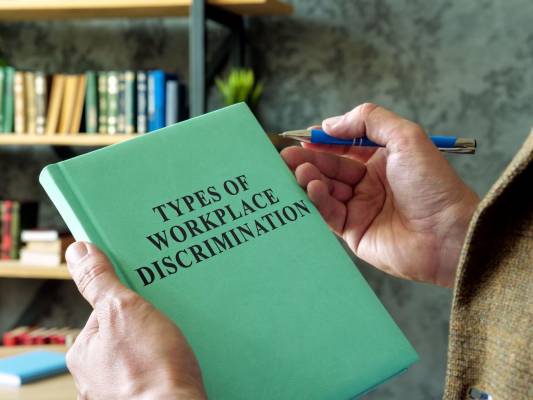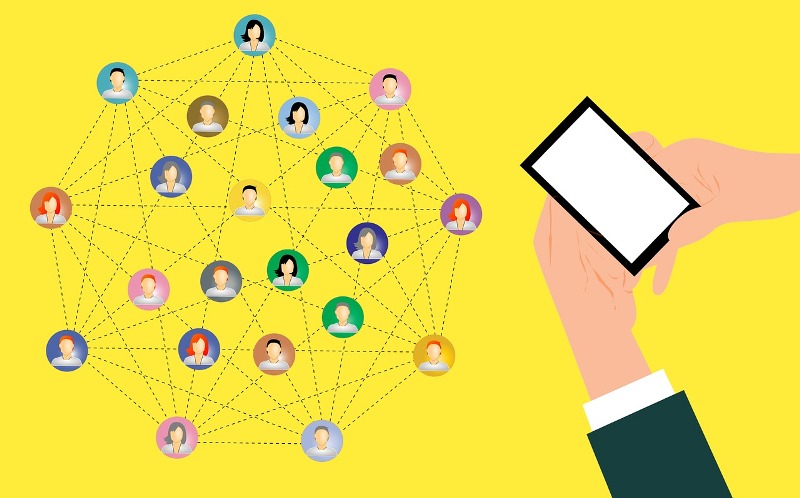Workplace Discrimination is far more common than you may realise. You may have experienced workplace discrimination and not even realise it. Workplace discrimination is based on certain prejudices and occurs when an employee is treated unfavourably because of some aspect of themselves. Age, gender, sexuality, etc. This article will shed a light on the different types of workplace discrimination, how to identify them, and what you can do to stop them.
Gender/Sex Discrimination
Gender discrimination refers to the disadvantageous treatment of an individual or group of individuals based on their gender. For example, if the office employs a transgender woman who is continually and purposefully misgendered, gender discrimination is occurring.
Gender discrimination is not exclusive to those who are transitioning: gender discrimination also occurs in cisgender people, particularly in industries traditionally composed of a group of people. For example, many teams of car technicians are composed primarily of men, but there are an increasing number of women in this field, much to the dismay of those who still uphold traditional, and frankly outdated ideologies.
There are many subsections of sex and gender discrimination that should be noted to fully visualise this situation. For example, when a man is excluded from a social workplace activity because of his gender; when a woman is paid substantially less than a man for no discernible reason; or when any gender decides to take a leave of absence to have a baby and issue is taken with their decision. These are all examples of workplace discrimination and no type is any less valid or serious than another.
To help combat these issues, companies can implement DEI Tools, which provide structured ways to assess workplace culture, address biases, and create a more inclusive environment. By leveraging these tools, businesses can proactively identify and resolve discrimination-related challenges, fostering a fair and equitable workplace for all employees.
Parental Discrimination
Otherwise known as maternity or paternity discrimination, this is defined as unfavourable treatment directed at a parent, whether new or seasoned. This is more common among women who decide to become mothers, as despite being expected to tend to their child every second of every day, they’re simultaneously punished for abandoning their jobs for months or even years to care for their children. This is why many parents place their children in Day Care for infants in Canton, MD, or elsewhere. This frees up more time for work responsibilities and helps lessen the chances of discrimination due to parental responsibilities.
Some examples of this discrimination include removal of responsibilities without prior consultation, denial of pay increases, and refusal to offer training. Any behaviour that can set you back monetarily, in your career progression, or simply as a result of your decision to have children is classed as parental discrimination and should be handled swiftly to avoid further negative action.
Age Discrimination
Ageism in the workplace is rife and often goes unidentified. So, it is important to recognise when ageism is occurring. Ageism in the workplace is when a person is treated as lesser due to their age. An example of this is when an employee applies for a higher position but isn’t even considered because they’re overlooked for older applicants.
Oftentimes, ageism in the workplace occurs due to perceived superiority over another individual. Persistent management over a younger employee despite not having the authority to do so, general unfair treatment, or pushing tasks to another younger person simply because the older party thinks the job is below them.
Alternatively, ageism can affect older employees, especially with regard to applications which are denied on the basis of oncoming retirement. In manual workplace environments, older employees are often denied due to the assumption that they may not be able to keep up with the younger generation of employees. These are examples of ageism and should be confronted accordingly.
Race Discrimination
Despite living in a contemporary society that recognises race discrimination for what it is, it still occurs in the workplace. Examples of this can be direct or indirect discrimination, harassment, victimisation, or unfavourable treatment due to a person's race, the race of someone they know, or knowingly referring to an individual by the incorrect race. This can come from an employer, choosing not to consider an applicant for a job based on their race, or from other employees who choose to ostracise another employee for the same reason.
Indirect discrimination can refer to inconsistencies in rules of dress code, working flexibility, recruitment selection criteria, and how employees are selected for redundancy. Any treatment of a person of any race that cannot be legally justified in a court of law could be an example of indirect discrimination and should be dealt with accordingly. For employees facing this issue, you can strengthen your discrimination case by presenting examples such as text messages or emails with offensive comments, or showcasing dress codes that are targeted at those with cultural clothes they wish to wear.
Disability Discrimination
Disability discrimination refers not only to physical disadvantages but all types of mental illness also.
Studies show that an alarming number of discrimination cases opened against employers are that of disability discrimination, likely in part due to the aging population we live in. Those who struggle to do particular tasks should be accommodated, not cast aside because they’re considered less reliable than other team members. Some examples of disability discrimination are when an employer refuses to apply reasonable adjustments, withdrawing a job offer once your disability is made clear, and workplace bullying.
The assumption that an employee may need more time off for sickness is not a justifiable excuse for disability workplace discrimination and should be challenged.
What can you do?
Workplace discrimination should always be challenged, no matter how minor you feel your case may be. If a few cracks begin showing on the surface, the problem likely goes far deeper than you realise. However, it can be difficult to challenge these cases on your own, which is why we recommend consulting an employment law firm to help you build your case and make a difference. Whether you think you’re experiencing disability or gender discrimination, or are noticing ageism in the workplace, pursuing a case is not worth it.









